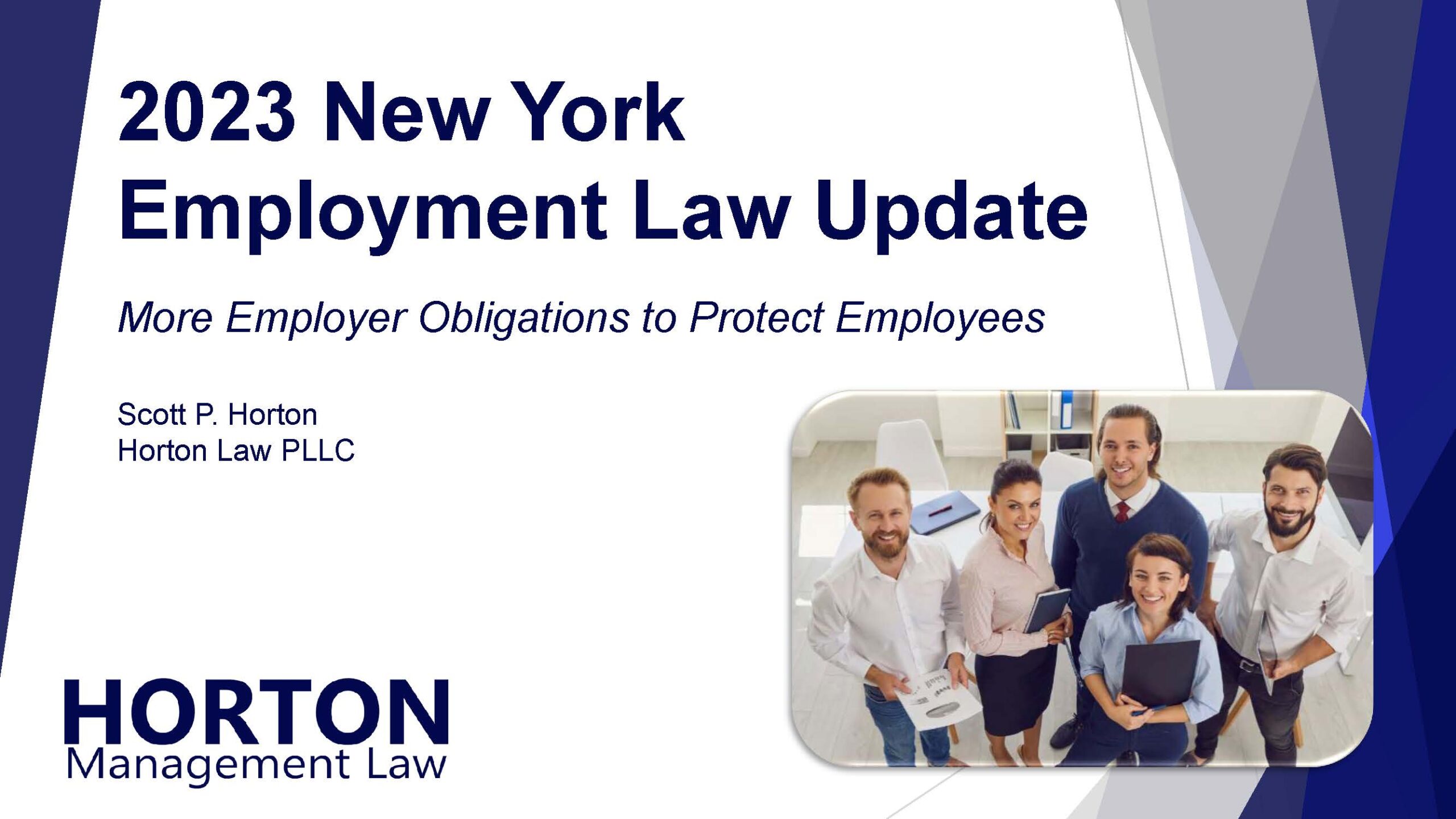The COVID-19 pandemic led many employers to reduce their workforces suddenly in 2020. Often, large layoffs occurred with little or no advance notice. Consequently, many employees asserted claims under the federal Worker Adjustment and Retraining Act (WARN Act) and/or similar state laws. Though ultimate liability depends on many factors, a recent federal court decision involving the Enterprise car rental company suggests that employers can’t completely avoid WARN notice obligations just because COVID-19 introduced unprecedented business circumstances.
WARN Notice Requirements
The WARN Act requires employers with at least 100 employees to give up to 60 days’ advance notice to employees (or their unions) and various government entities before implementing certain reductions in force. Notice is required in advance of “plant closings” and “mass layoffs.”
A “plant closing” occurs where an employment site (or one or more facilities or operating units within an employment site) will be shut down, and the shutdown will result in an “employment loss” for 50 or more employees during any 30-day period.
A “mass layoff” occurs where there is to be a group reduction in force that does not result from a plant closing, but will result in an employment loss at the employment site during any 30-day period for (a) 500 or more employees, or (b) 50-499 employees if they make up at least 33% of the employer’s active workforce.
The term “employment loss” means (i) an employment termination, other than a discharge for cause, voluntary departure, or retirement, (ii) a layoff exceeding 6 months, or (iii) a reduction in hours of work of individual employees of more than 50% during each month of any 6-month period.
WARN Notice Exceptions
Employers must give the full 60 days’ notice unless a statutory exception applies.
Faltering Company
This limited exception only applies in the case of plant closings, not mass layoffs. To qualify for the faltering company exception, a company must have been actively seeking capital or business that it had a realistic opportunity to obtain with a good faith belief that giving WARN notice would have precluded the employer from obtaining the capital or business. In addition, the capital or business sought must have been sufficient to avoid or postpone the plant closing.
Unforeseeable Business Circumstances
This exception applies when business circumstances were not reasonably foreseeable when the 60-day notice would have been required.
The employer should be able to point to “some sudden, dramatic, and unexpected action or condition outside the employer’s control”. Federal regulations emphasize that foreseeability should focus on the employer’s “commercially reasonable business judgment”. A company is not required “to accurately predict general economic conditions that also may affect demand for its products or services.”
Natural Disaster
The WARN notice obligations are also mitigated in cases of natural disasters. WARN regulations define “natural disasters” to include “floods, earthquakes, droughts, storms, tidal waves or tsunamis and similar effects of nature.”
For this exception to apply, the employer must show that the reduction in force was a “direct result of a natural disaster.”
Enterprise WARN Act Litigation
In April 2020, the Enterprise rental car company began layoffs with little notice to employees. Some affected employees sued under the WARN Act in the U.S. District Court for the Middle District of Florida. (Benson v. Enterprise Leasing Co., Case No. 6:20-cv-891)
Enterprise made a motion to dismiss the case based on both the “natural disaster” and “unforeseeable business circumstances” exceptions. In January 2021, the court denied the motion, allowing the case to continue.
Notably, the court did not reach the question of whether COVID-19 qualifies as a natural disaster under the WARN Act. However, the judge reasoned that it at least wasn’t clear that the layoff was a “direct result” of COVID-19. Instead, he decided, “This is an indirect result–more akin to a factory that closes after nearby flooding depressed the local economy. Defendants’ facilities or staff didn’t disappear overnight, suddenly wiped out.”
Accordingly, the judge shifted his focus to the unforeseeable business circumstances exception. He acknowledged that the defense “may apply,” but did not warrant dismissal of the case at this early stage. He emphasized that this exception may justify a reduced notice period, but doesn’t necessarily eliminate WARN notice obligations altogether. In this case, one employee received no notice and the other only six days’ notice. Thus, it remains to be litigated whether Enterprise could have given more notice before beginning the layoffs.
Cautionary Tale for Employers
The Enterprise case in Florida will turn on the facts and circumstances of that case. However, the denial of a motion to dismiss serves as a reminder to employers. Litigation is costly and often unpredictable. It is best to carefully consider, with legal experts, the applicability of any potential exception before undertaking reductions in force that could trigger the WARN Act.
COVID-19 might reduce some employers’ WARN notice obligations, but it likely does not eliminate them entirely. The unforeseeable business circumstances exception probably has become harder to rely on now that the pandemic is so far underway. Unfortunately, the adverse economic impact, including layoffs and business closings, is likely to continue, meaning further WARN Act implications.
To stay up to date on employment law developments, trends, and best practices, click here to sign up for the Horton Law email newsletter and follow us on LinkedIn.


